Last year, I discussed the contrasting merits of using Point Buy or Random Roll for a character creation system. This week, I wanted to expand that discussion to talk about Random Number Generation (or RNG, for short) in tabletop RPGs design generally.
To me, how one feels about RNG in tabletop RPGs is a key dividing line between "Old School" and "New School" thought for RPG Design. IMHO, the further a rules set travels from RNG, the more New School it becomes. Specifically, I'm talking about game mechanics that alter/revoke the raw numbers, like Fate Points or similar in-game metacurrency, which directly override RNG. Poorly designed Fate Point economies can unbalance or otherwise disrupt a game, but that's a whole other discussion.
I'm also talking about addition roll mechanics as well, such as Pushing in 7e "Call of Cthulhu" (2014) or Advantage/Disadvantage in 5e "Dungeons & Dragons" (2014):
And, of course, this includes games with NO randomizer, such as "Amber" (1991).
Thus, I'm talking about games that by design will revoke/alter/supplant the raw result of a randomizer, usually in favor of player driven narrative. Consequently, the more important narrative is to an RPG's design, the more likely it falls under New School.
By contrast, in my mind, there are few things that scream "Old School" more than RNG, whether it's the pain from a terrible roll (or vice versa) or the shock (or glee) from an unexpected result. Like "New School" and narrative, RNG is, IMHO, a signature of "Old School" games.
The appeal of RNG isn't hard to understand. Basically, it's a form of gambling and has that same neurological effect. This effect is multiplied for critical successes/failures:
Not everyone is a fan of criticals, though. Gary Gygax, co-creator of Dungeons & Dragons, vociferously opposed critical successes in The Dragon #16 (1978):
Of course, Gygax's shifting from “double damage” to “instant death” in the above quotation is an example of the classic logical fallacy of moving the goal posts. The great majority disagreed with Gygax and it is unsurprising that many RPGs nowadays have some kind of mechanic for criticals.
Of course, what one hand giveth, the other can take away and the results of a bad die roll can be extremely harsh, up to and including instadeath. A major reason that many people play RPGs is wish fulfillment. Consequently, it can be painful to have something terrible happen to one's personal avatar. The difference between "Old School" and "New School" is that the former typically more readily accepts setbacks and failures as a part of the game, up to and including instadeath.
Many New Schoolers, however, have a problem with this "Old School" approach, which probably reflects changing expectations. Back in the days of yore, players were far less coddled. If the Dice Gods produced a result that was unfortunate but otherwise fair, you were supposed to suck it up and keep on trucking.
 |
| Praise RNGesus! |
To me, how one feels about RNG in tabletop RPGs is a key dividing line between "Old School" and "New School" thought for RPG Design. IMHO, the further a rules set travels from RNG, the more New School it becomes. Specifically, I'm talking about game mechanics that alter/revoke the raw numbers, like Fate Points or similar in-game metacurrency, which directly override RNG. Poorly designed Fate Point economies can unbalance or otherwise disrupt a game, but that's a whole other discussion.
I'm also talking about addition roll mechanics as well, such as Pushing in 7e "Call of Cthulhu" (2014) or Advantage/Disadvantage in 5e "Dungeons & Dragons" (2014):
"Advantage reflects the positive circumstances surrounding a d20 roll, while disadvantage reflects the opposite. When you have either advantage or disadvantage, you roll a second d20 when you make the roll. Use the higher of the two rolls if you have advantage, and use the lower roll if you have disadvantage. For example, if you have disadvantage and roll a 17 and a 5, you use the 5. If you instead have advantage and roll those numbers, you use the 17."
And, of course, this includes games with NO randomizer, such as "Amber" (1991).
Thus, I'm talking about games that by design will revoke/alter/supplant the raw result of a randomizer, usually in favor of player driven narrative. Consequently, the more important narrative is to an RPG's design, the more likely it falls under New School.
By contrast, in my mind, there are few things that scream "Old School" more than RNG, whether it's the pain from a terrible roll (or vice versa) or the shock (or glee) from an unexpected result. Like "New School" and narrative, RNG is, IMHO, a signature of "Old School" games.
The appeal of RNG isn't hard to understand. Basically, it's a form of gambling and has that same neurological effect. This effect is multiplied for critical successes/failures:
 |
| Big money! Big money! |
Not everyone is a fan of criticals, though. Gary Gygax, co-creator of Dungeons & Dragons, vociferously opposed critical successes in The Dragon #16 (1978):
"The “critical hit” or “double damage” on a “to hit” die roll of 20 is particularly offensive to the precepts of D&D...the point must be made that whole game system is perverted, and the game possibly ruined, by the inclusion of “instant death” rules, be they aimed at monsters or characters...“instant death” no longer allows participants to use judgement when playing."
Of course, Gygax's shifting from “double damage” to “instant death” in the above quotation is an example of the classic logical fallacy of moving the goal posts. The great majority disagreed with Gygax and it is unsurprising that many RPGs nowadays have some kind of mechanic for criticals.
Of course, what one hand giveth, the other can take away and the results of a bad die roll can be extremely harsh, up to and including instadeath. A major reason that many people play RPGs is wish fulfillment. Consequently, it can be painful to have something terrible happen to one's personal avatar. The difference between "Old School" and "New School" is that the former typically more readily accepts setbacks and failures as a part of the game, up to and including instadeath.
Many New Schoolers, however, have a problem with this "Old School" approach, which probably reflects changing expectations. Back in the days of yore, players were far less coddled. If the Dice Gods produced a result that was unfortunate but otherwise fair, you were supposed to suck it up and keep on trucking.
Given the above, it's probably not surprising that Sorcery & Steel, my rules set, only uses either RNG or GM rulings. Again, maintaining Old School D&D roots is a key design goal.

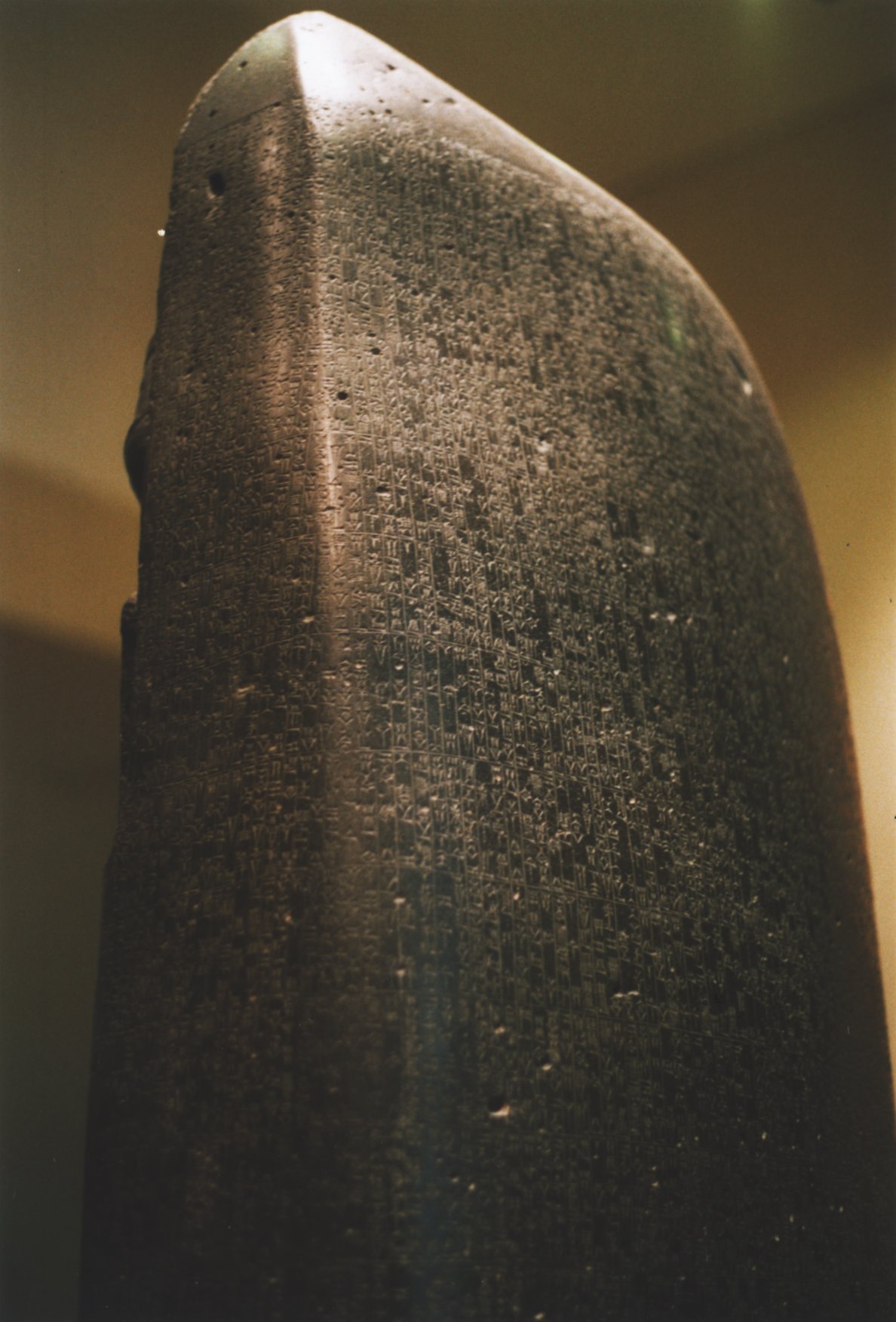
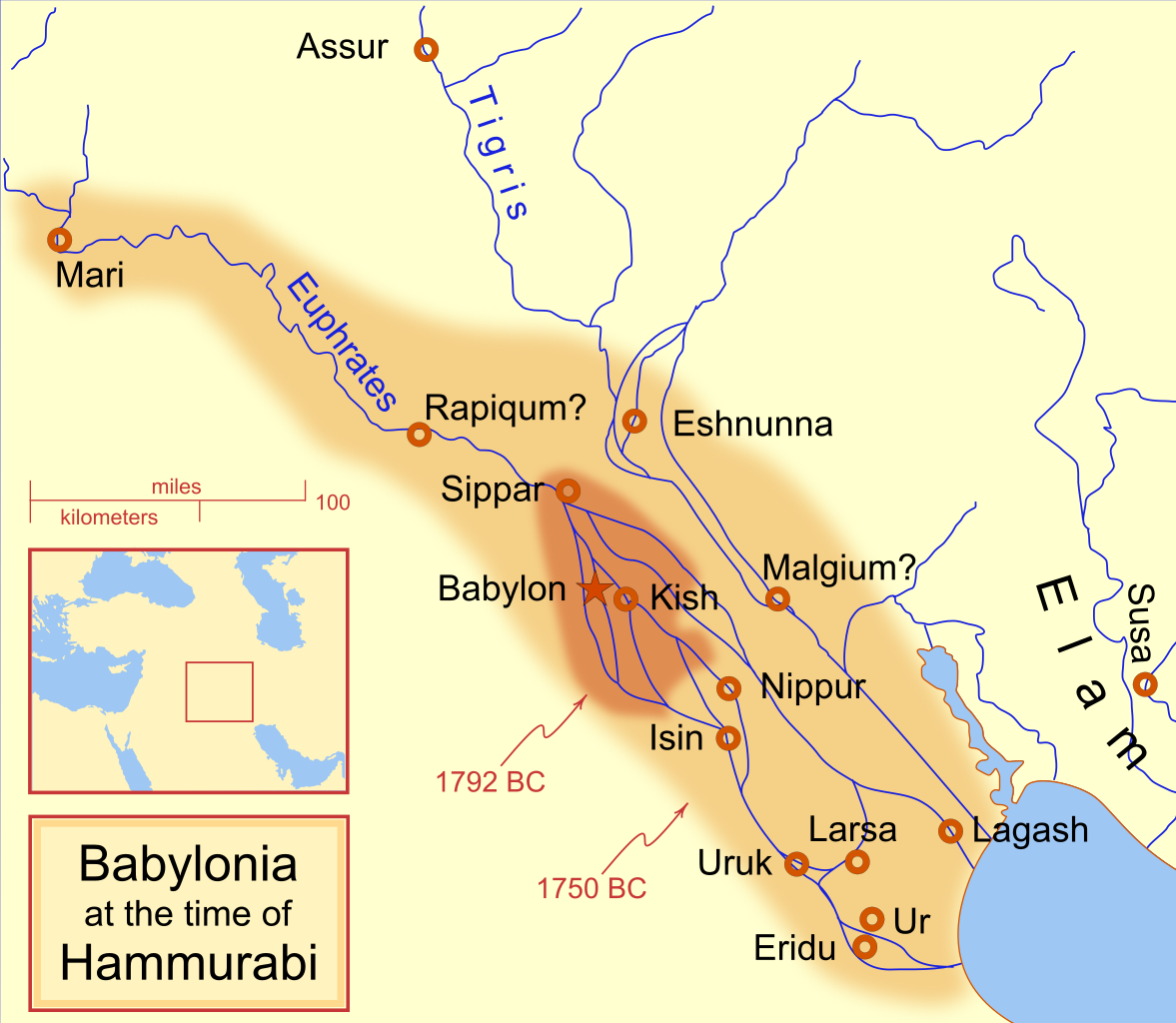
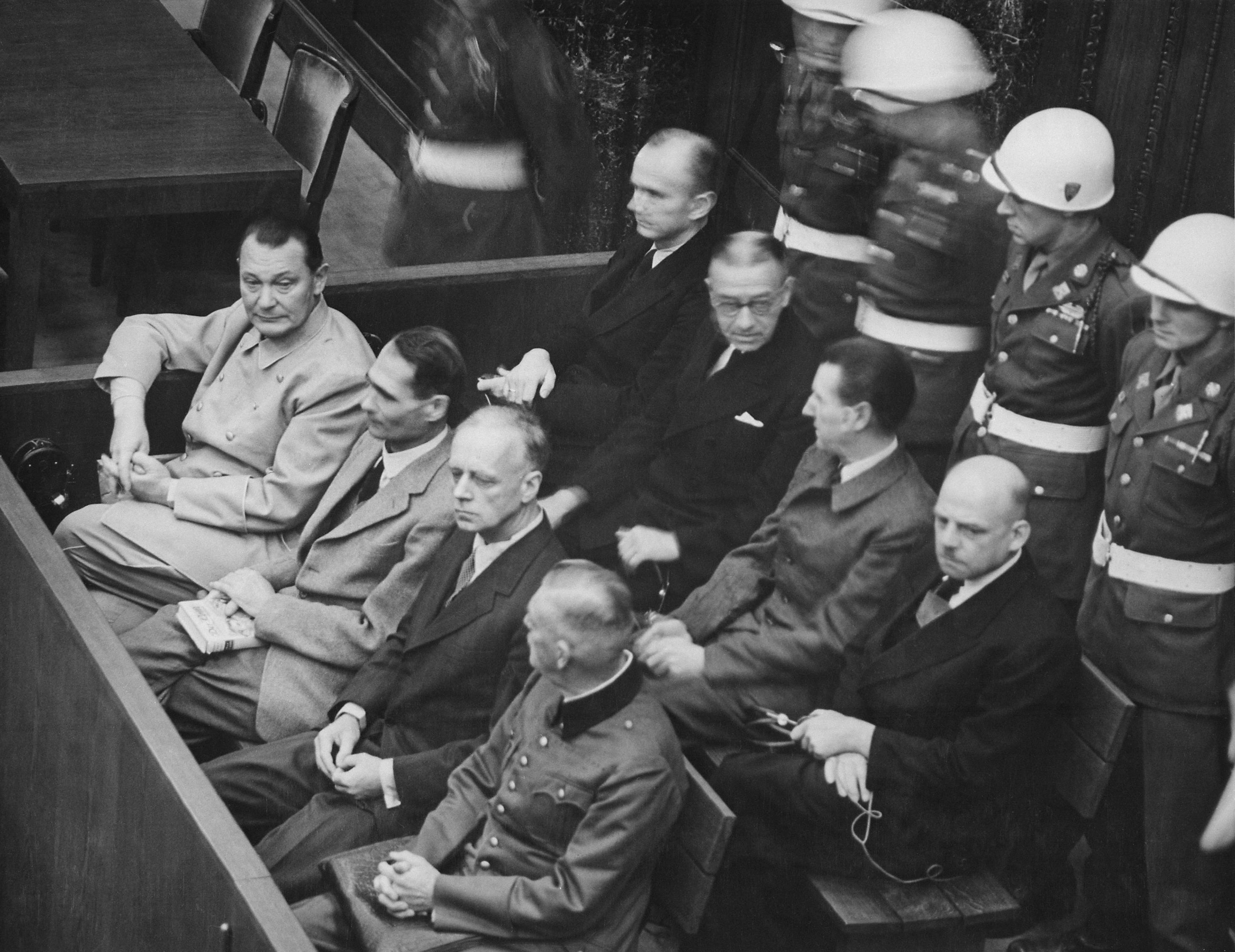

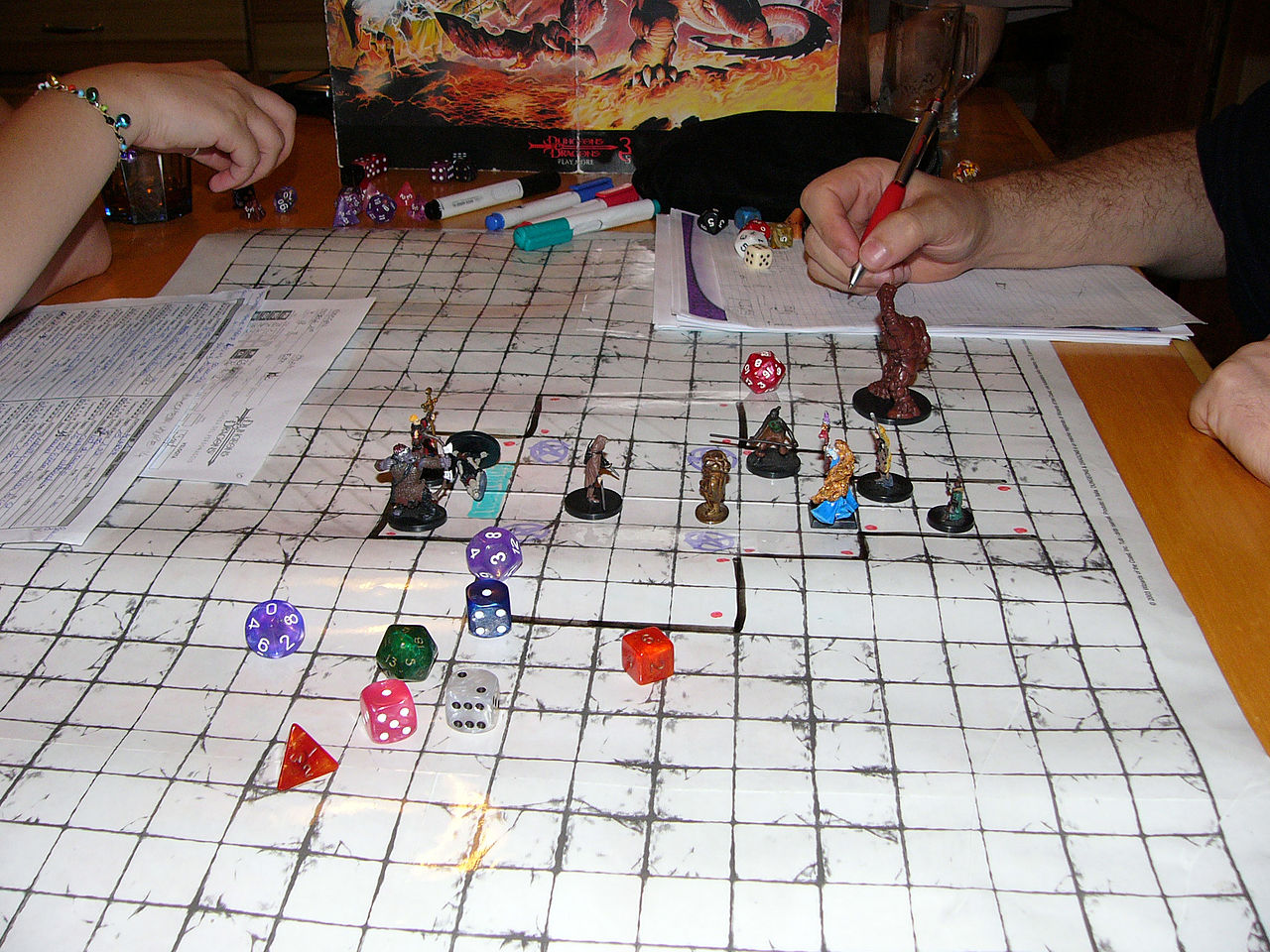

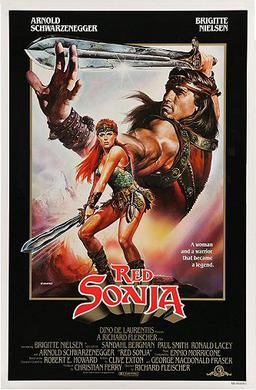

.jpg)